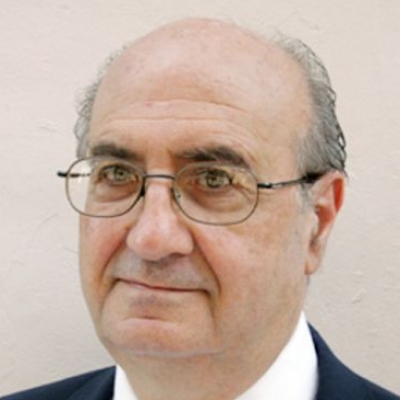Opium-Addicted Children: Paying a Heavy Price for the Afghan War
How can years of war doom generations of children to a miserable life?
July 5, 2010
A group of researchers hired by the U.S. Department of State found staggering levels of opium in Afghan children, some as young as 14 months old, who had been passively exposed by adult drug users in their homes.
In 25% of homes where adult addicts lived, children tested showed signs of significant drug exposure, according to the researchers.
According to one of the researchers, the children exhibit the typical behavior of opium and heroin addicts. If the drug is withdrawn, they go through a withdrawal process.
The results of the study should sound an alarm. Not only were opium products found in indoor air samples, but their concentrations were also extremely high. This suggests that, as with second-hand cigarette smoke, contaminated indoor air and surfaces pose a serious health risk to women’s and children's health.
The extent of health problems in children as a result of such exposure is not known. What is known is that the number of Afghan drug users has increased from 920,000 in 2005 to over 1.5 million, according to Zalmai Afzali, the spokesman for the Ministry of Counter-Narcotics (MCN) in Afghanistan.
A quarter of those users are thought to be women and children. Afzali stated that Afghanistan could become the world's top drug-using nation per capita if current trends continue.
According to the UN Office on Drugs and Crime (UNODC), no other country in the world produces as much heroin, opium and hashish as Afghanistan — a sad distinction for a country already ravaged by war.
This may explain why control efforts so far have been concentrated on poppy eradication and interdiction to stem exports, while less attention was paid to the rising domestic addiction problem, particularly in children.
Both American and Afghan counter narcotic officials have said that such widespread domestic drug addiction is a relatively new problem. Among the factors leading to increased levels of drug use is the high unemployment rate throughout the country, the social upheaval provoked by this war and those that preceded it, as well as the return of refugees from Iran and Pakistan who became addicts while abroad.
In both those countries, the high number of opium-addicted children is also a serious problem, particularly among street children. In Tehran, although the government has opened several shelters for street children, many more centers are still needed to take care of them.
According to some estimates, there are between 35,000 and 50,000 children in Tehran who are forced by their parents or other adults to live and beg in the streets or to work in sweatshops.
These children are subject to all kinds of abuse, and many among them end up in organized prostitution rings and become part of the sex trade. They are transported to other countries where they are obliged to work as prostitutes, while others simply disappear.
The situation is equally serious in Pakistan, where in Karachi alone there are tens of thousands of children who are addicted, as drug trafficking prevails all over the city. In Karachi, the main addiction is to hashish.
According to Rana Asif Habib, president of the Initiator Human Development Foundation (IHDF), due to the increase in the number of street children, the street crime rate is also on the rise as children get involved in drug trafficking activities in the city.
Injecting drug users face the additional risk of HIV-infection through the sharing of contaminated syringes. "Drug addiction and HIV/AIDS are, together, Afghanistan's silent tsunami," declared Tariq Suliman, director of the Nejat's rehabilitation center to the UN Office for Humanitarian Affairs.
There are about 40 treatment centers for addicts dispersed throughout the country, but most are small, poorly staffed and under-resourced.
For the first time ever, an international team including World Health Organization (WHO) officials and experts from Johns Hopkins University and the Medical University of Vienna have joined efforts to design a treatment regime for young children.
The United States and its allies have the resources to rapidly expand and adequately fund and resource such treatment and rehabilitation centers throughout the country. Anything less will be yet another serious indictment of an occupation gone astray.
Takeaways
No other country in the world produces as much heroin, opium and hashish as Afghanistan.
Among the factors leading to increased levels of drug use is the high unemployment rate throughout the country.
In Iran and Pakistan, the high number of opium-addicted children is also a serious problem.
